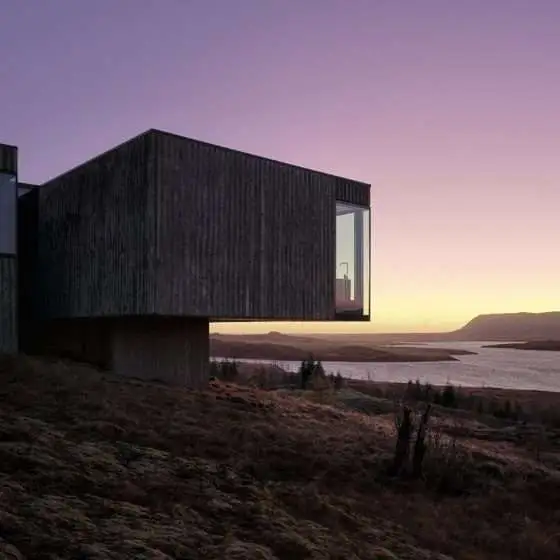Use the Metaverse to preserve historic buildings
Use the Metaverse to preserve historic buildings,
Imagine that you have made an appointment to visit a building important to the history of architecture,
a reference work for all enthusiasts.
Chances are you’ll equip yourself with a camera or a good cell phone, or you’ll take a pencil,
notebook and even a tape measure to record all aspects of it.
However, this is not the only way to “visit” a building of historical interest today or at least,
that is what some researchers are trying to show.
Where the metaverse is explored for its role in architecture, preserving culture, and embracing different generations.
Some of the important historical buildings in the metaverse have been recreated.

The replicators, known as “digital twins”, were developed through careful scanning of the building,
Using technologies such as laser scanners and telescopic tripods.
The result is a highly detailed hologram, a ‘cloud of dots’ that – when perfectly crafted –
differ by only a few millimeters from the actual dimensions.
Benefits of digital twins technology
The benefits of this technology are undeniable.
By ignoring geographical barriers, they make places and buildings accessible to people all over the world.
In recent years, several initiatives have emerged to digitize museums and historical buildings,
spurred by the Covid-19 pandemic.
Its main goal was to raise funds to maintain these physical spaces.
By receiving visitors or hosting virtual events and meetings,
castles and museums enter what is now called the metaverse tourism experiences.

These virtual dependencies go beyond what would be possible in the physical world,
and generate extraordinary experiences such as, for example,
Watching a tennis match in one of the ballrooms of the Palace of Versailles.
Speaking of surrealism, imagine visiting the Toyo Ito White U’s home or the Pruitt-Igoe apartment complex in the US.
It may not be possible to recreate these structures in the real world,
But venturing through it into digital space is another great metaverse gamble in terms of architectural and cultural preservation.

The emergence of initiatives to rebuild important buildings
Several initiatives have been working to roughly recreate buildings important to the history of architecture that have been demolished or at least de-featured over the years.
Such as the virtual mapping and futuristic exhibition of the famous Nakagin Tower in the Metaverse district, in Japan.
By combining laser scanning data with images taken by SLR cameras and drones before demolition began,
the entire building was scanned in three dimensions.
Regenerations by residents and the appearance of pods over time have also been recorded.
The Nakagin Capsule Tower Digital Archive also aims to create
a building based on detailed measurement data and build a place where people can meet again through the metaverse.

However, the use of the metaverse as a tool for preserving the history of buildings generates discussions regarding the intangible aspect of architecture.
The experiences of feeling the sun secretly entering through the small gap in the roof of the U White house and warming the skin during winter cannot be reproduced,
Or touch the sterile surface of Nakagin Tower’s capsule baths, in virtual space.
It is important to understand the metaverse as a new tool for conservation and fundamentally for the study of architectural culture.
However, it is far from replacing the real one.

In the metaverse, other parameters are created to experiment with the architecture,
The idea has its merits, as it translates buildings important to the history of architecture into an easy
and accessible language for new generations, and allows for a better understanding
of architectural culture and its origins.
Even if they are replicas, these buildings inserted in other contexts,
It allows for new narratives that are characterized by fun, cinematography and a certain surreal quality of digital culture.
The challenge is not to compare them with their concrete versions,
but to understand them as a possibility of analysis and adoption under a new perspective.
For more architectural news







